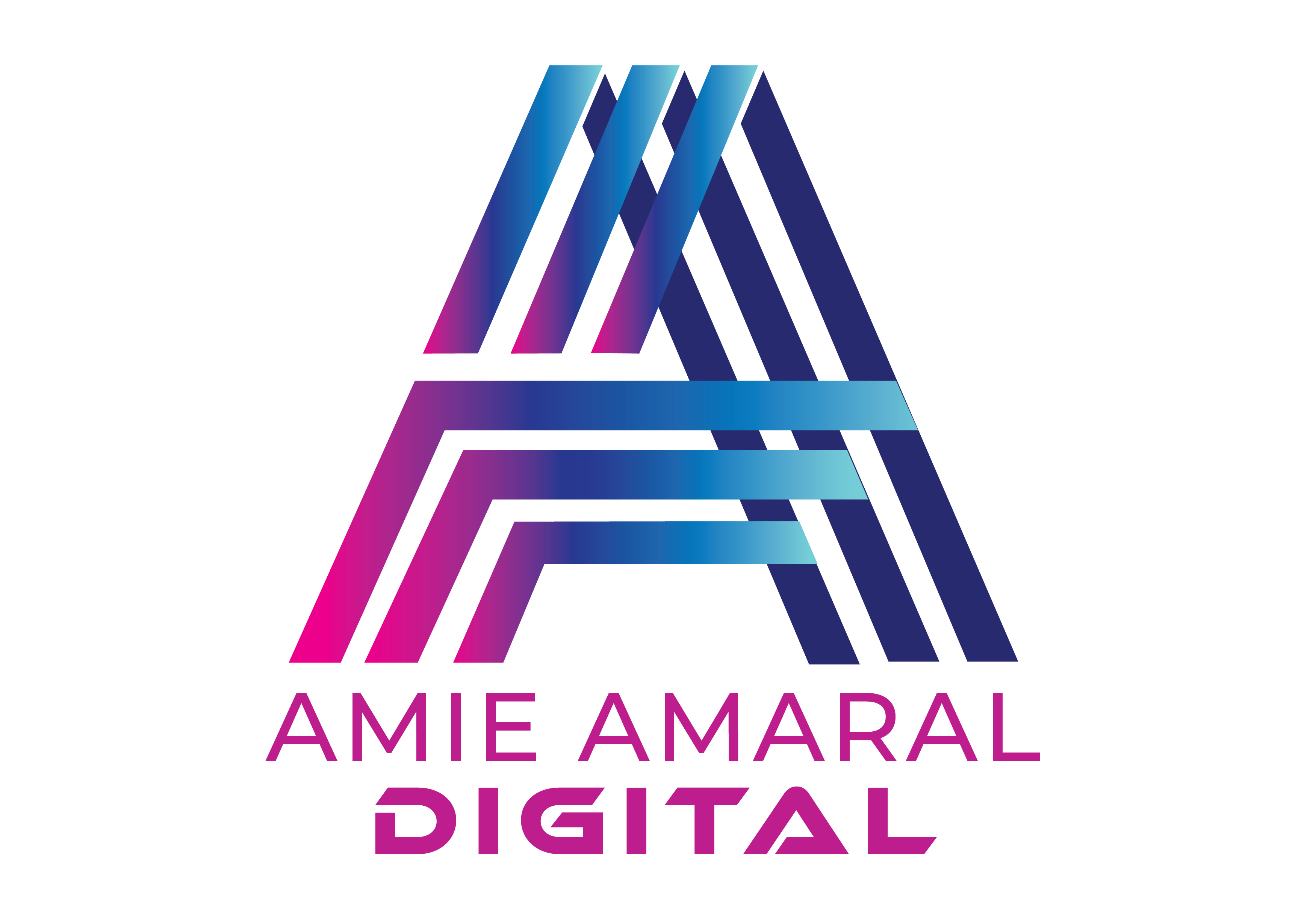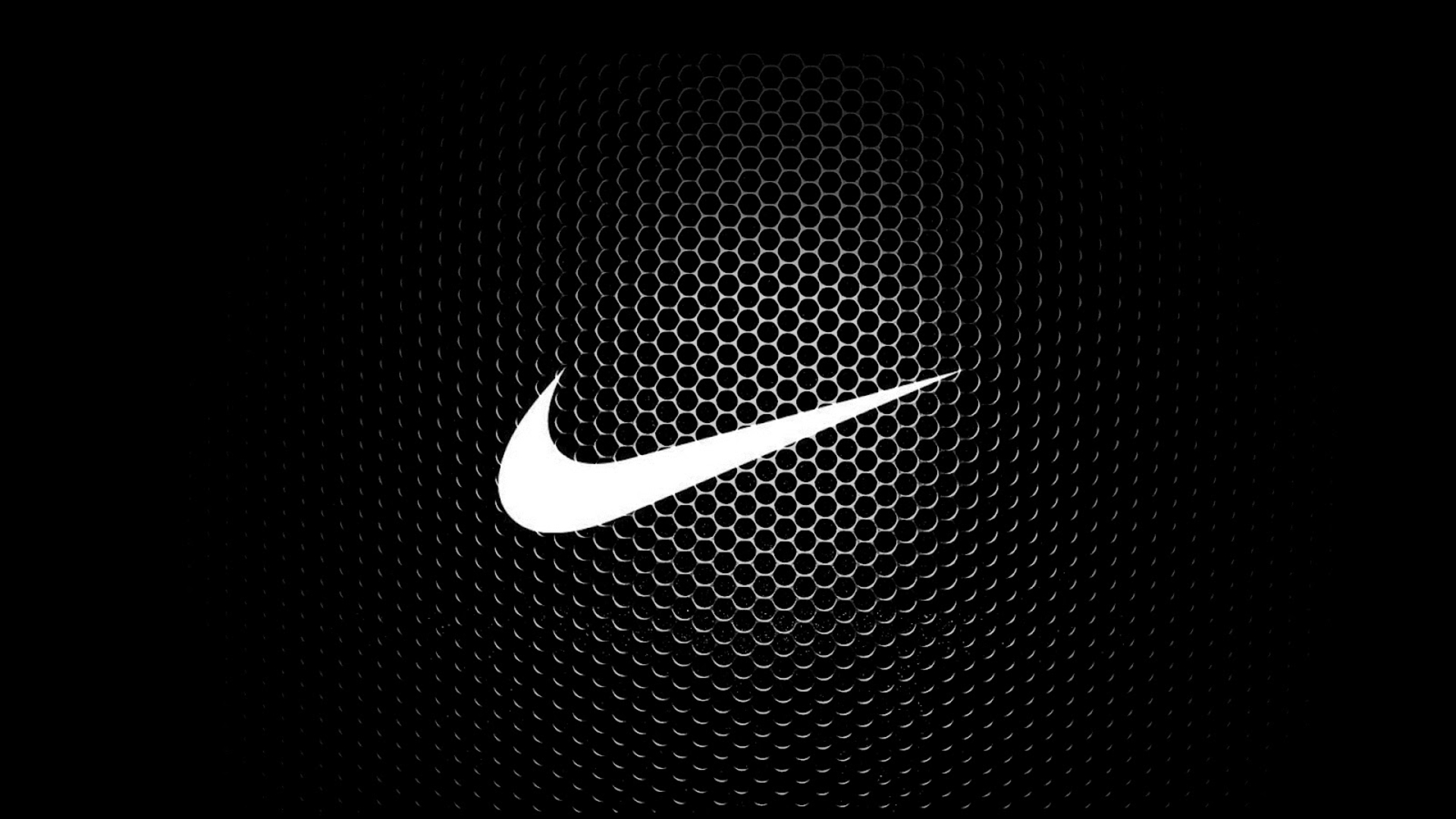Promotion is a key component of the extended marketing mix in modern business. These strategies are the communication channels used to build awareness and directly engage their target audience to persuade the purchase of their products.

Overview of Nike’s Promotional Strategies
Nike are masters of emotive marketing and engaging their target market (Medium, 2024). ‘Nike’s ‘storytelling’ is centred around the concept of empowerment (Tbh, 2023)’ They use 5 key strategies in their promotional mix: advertising, public relations, personal selling, direct marketing, and sales promotions (Gregory, 2024).
Nike’s advertising uses TV, print media and online platforms. They hit large portions of their global market with big budget campaigns – generating huge sales volumes. (Gregory, 2024).
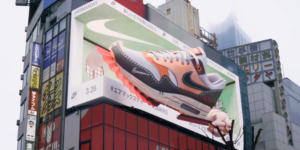
Nike also sells direct to customers via their website Nike.Inc, apps and social media. They use rewards and member loyalty programs, giving access to products not yet released. Additionally, they offer a tailored personal selling experience in their Niketown stores, by using face-to-face communication to highlight product benefits.
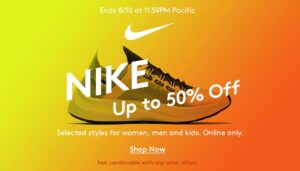
This in-conjunction with sales promotions such as discounts and specials offers with limited purchase time, create urgency and necessity and the feeling of exclusivity – boosting loyalty (Gregroy, 2024). Lastly, Nike uses public relations to build customer relationships, augment brand image and public perception, and discuss social concerns and social responsibility, as well as making ‘charitable contributions to anti-discrimination programs in sports, donations to community development programs (Gregory, 2023).’
How Effective is Nike’s use of Promotion
Nike have pioneered the industry with their promotional mix strategies. Nike’s key advantage over competitors lies in its high-performance original products and their direct to customer advantage seen in the rise and expansion of Nike’s retail stores ‘Niketown’, which have steadily climbed worldwide from 674 in 2009, to 1045 in 2024 (statista, 2025). Nike has hyper focused on their customers’ needs and wants, using intricately targeted market research to evaluate trends, market gaps, and create products that perform and solve a problem (Emily, 2024).’
E.g. NikeID was launched in 1999 DTC, allowing consumers to tailor their sneakers to reflect their individuality.

Nike’s emotive storytelling advertising is core to its success. One of the most iconic and successful marketing campaigns in history was “Just Do It’, conveying ‘a message of determination, motivation, and action (Yash ,2024)’. Their advertising uses elite athletes endorsed by Nike wearing their products, enticing fans to purchase Nike like their idols (Gregory, 2024). Nike now sponsors over 16,000 athletes and sports organizations worldwide (Matthews, 2024). Nike also connects to its audience on a deeper level using ordinary people with real stories overcoming incredible odds to achieve their dreams, triggering customers beliefs that they too are capable of greatness with Nike’s products (Tbh, 2023)’.
How Nike has Adapted over Time
Nike has adapted to the dynamic nature of business over decades introducing gender and culturally diverse athletes in their advertising mix (Yash, 2024). From their first endorsement in 1972, Romanian tennis star Ilie Nastase, to Tiger Woods, Serena Williams, Cristiano Ronaldo and Ibtihaj Muhammad (Mwenda, 2023) now covering a multitude of nationalities and religions.
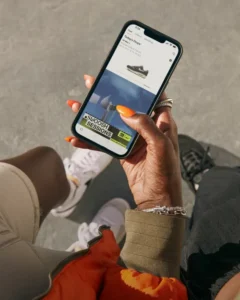
Nike are also digital marketing pioneers adapting channels and incorporating the latest technologies over time, i.e. websites, social media and blogs. More recently they introduced apps, launching ‘Nike Training Club’ and ‘Nike SNKRS’ (Tbh, 2023), and direct to customer and personal selling in-store, use interactive experiences such as ‘gamification, AR, and VR technologies to enhance user engagement’ (Tbh, 2023).
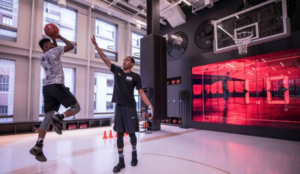
Nike’s innovation and direct to consumer strategies via Nike.Inc and Niketown stores, allows Nike to engage and control the consumer’s experience, collect valuable customer data, generate greater margins, and monitor inventory levels to prevent over-production (Hughes, 2023).

Nike is the undisputed leader of the athletic wear industry. Their promotional marketing mix is ingenious, dynamic and stems from their ability to understand their customers core beliefs and what drives them. Combined with quality innovative performance products, they have been able to dominate in a highly competitive climate, building loyalty, trust and a deep-emotional connection with their customers. This has ultimately led to Nike’s success, their brand ethos and a marketing mix that is the envy of their competitors.
